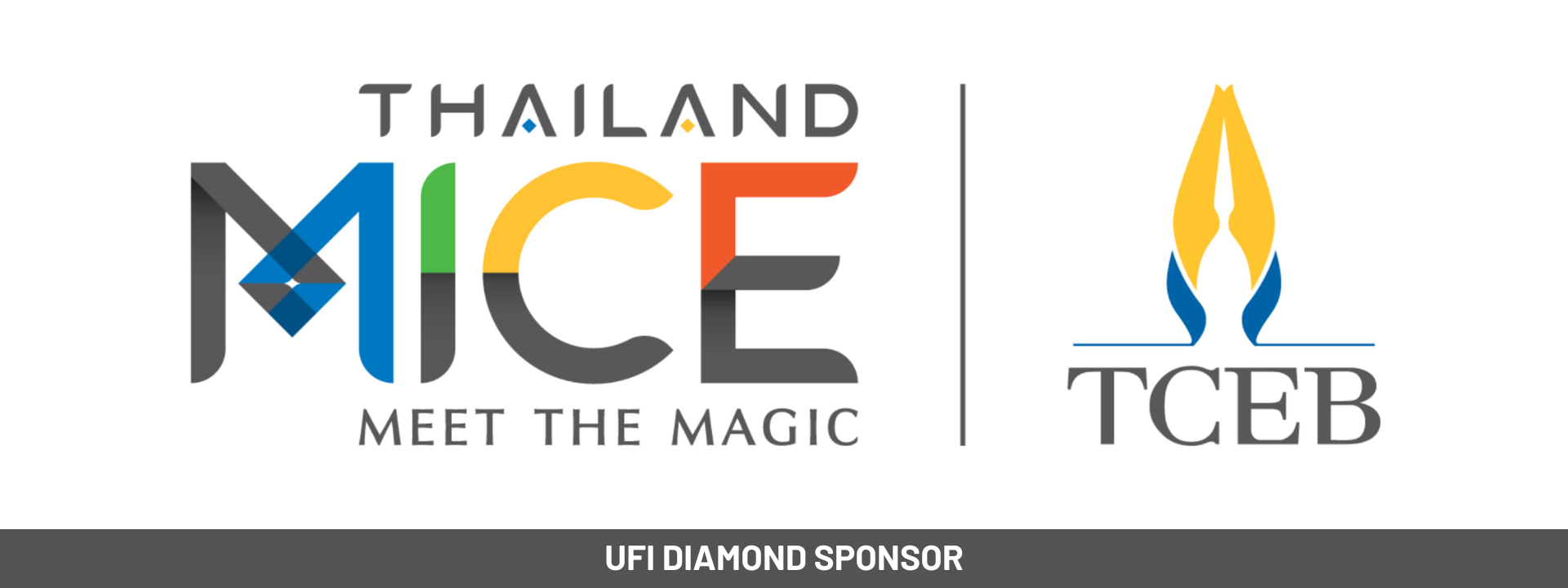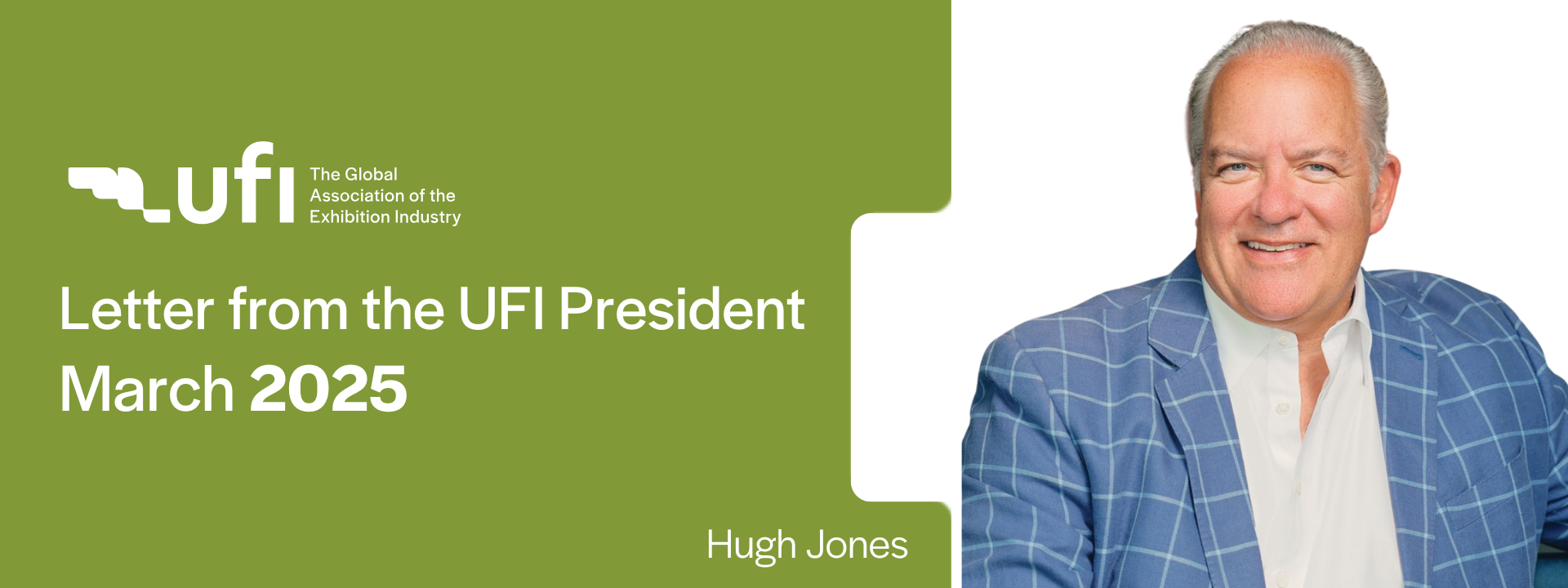
Kai Hattendorf, UFI MD/CEO.
Right now, our industry is running on all cylinders – that was a clear takeaway from the latest UFI Global Barometer, released this summer. For the first time in ten years, all four global regions reported a positive turnover development at the same time. More importantly, in terms of operating profit, most companies maintained a good level of performance in 2017, and over 40% of companies from all regions declared an increase of more than 10% compared to 2016.
However, the outlook for 2018 is currently lower globally, with 37% of companies expecting a profit increase of more than 10%. This means that, while there is still a very healthy number of companies who are optimistic about profits rising by over 10% in 2019, it’s still less than it was one year ago.
The main reasons for this more cautious approach are economic concerns both in the home market and internationally, as well as competition from within the industry.
Let’s put aside the ongoing discussion in our industry about consolidation as a driver of competition, and review the topic in the wider framework of business events and other marketing channels. For a while now, we have seen exhibition and conference business models converging – with ConfEx formats becoming ever more popular. We see that many of the fastest growing business events are driven by communities who want to meet in an environment that’s part festival, part conference and part tradeshow – otherwise known as the festivalisation trend. Here, the quality of the visitors attending makes it highly attractive for companies to invest in a presence, but the focus of organisers lies first and foremost with visitors – and not exhibitors, as is the case with the traditional exhibition model. These developments bring challenges to organisers and venues alike, and there are valuable insights to be gained by looking at other sectors of business events.
I am writing this column on my way back from Singapore, where I attended the annual MICE Forum organised by SACEOS. Faced with the challenge of change, they decided to invite a selected group of corporate, association and industry representatives from around the world to reflect on what the business meetings industry in 2030 might look like ahead of the main conference. They structured their approach around seven key areas and formulated their views and recommendations into a document called “The Singapore Manifesto” – covering topics such as people, technology, relationships, destinations, sales, business models, and ecosystems.
Particularly the section on business models strikes a chord. It states: “Business models will be driven by networks, platforms, communities and data. Effective organisations need to be well-versed in these areas. Speed and agility – adapting to emerging trends – will be everything. And brands with compelling stories will be an important differentiator: they must be purpose-driven and authentic, offering emotional connections and experiences …”
While the exhibition business model is certainly not broken, over the coming years, we will see new elements rising and others disappearing. As formats continue to merge, there will be opportunities – and needs – for new and deeper collaboration across sectors.
UFI has already started this journey. We are actively building connections with global sister associations serving other sectors of the business meetings industry. Last summer, for example, we arranged a joint workshop for ICCA and UFI members in Amsterdam, to work on future-proofing exhibitions and conferences through a collaborative approach. You can rely on us to continue on this path, and to help you navigate the changing expectations of your customers.







Leave A Comment